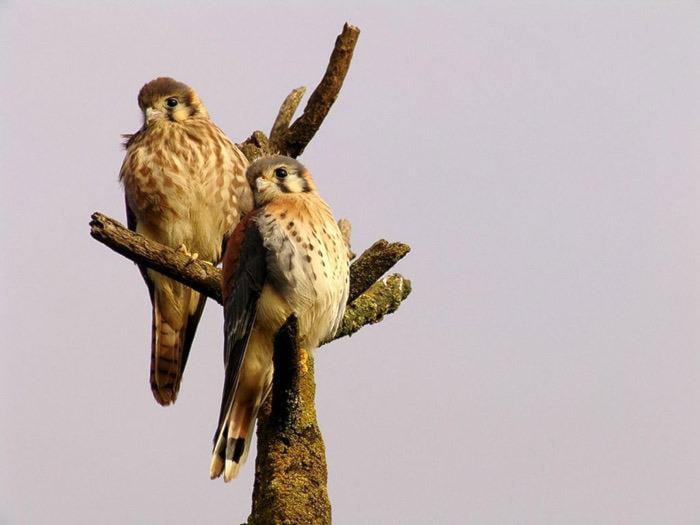Throughout rural parts of the Fraser Valley this time of year, you might hear many sounds – some pleasant, some a little bizarre and others downright annoying.
What was that sound, I wondered recently? A car backfiring? Fireworks? A gunshot?
No, it was a propane cannon being used to try to scare off pesky birds. Many questions have been raised about the use of these blueberry cannons. Annoying is just one of the terms used to describe the sound.
In recent years, the area planted in blueberries in our region has grown tremendously, along with these sounds. The pleasant sounds I am thinking of are made by song birds that attack the blueberry crop — sounds not always welcomed by blueberry growers.
One of the worst offenders is the familiar American robin. The robin can attack berry crops with the same voracity with which it attacks the worms in your lawn. I’m sure many of you are familiar with the robin’s pleasant song.
However, probably the most notorious fruit-feeding culprit is the European starling, which sings a strange high whistling tune.
True to its moniker, the starling is of European extraction, brought here by a group who thought the North American continent should have all the birds named in Shakespeare’s plays. Now the most numerous bird in North America, the starling consumes many a blueberry.
My colleague Professor Karen Steensma at Trinity Western University is part of a continent-wide effort to study the impacts of birds feeding on fruit, funded by the U.S. Department of Agriculture. Steensma reports: “We are looking to quantify damage caused by birds in a number of crops, including blueberries here in the Fraser Valley, and will hopefully find some creative solutions in the process.”
This brings to mind the bizarre sound that is sometimes heard: a cacophony of birds half singing and half screaming on audio. The idea is to mimic birds of prey to frighten the blueberry eaters. But might the problem birds get used to it?
Steensma and her team are researching ways to employ the real McCoy – birds of prey deployed by master falconers, and wild raptors such as kestrels. If a raptor flies over a blueberry field, other birds tend to make themselves scarce. Kestrels are declining in the Pacific Northwest, so Steensma’s team is strategically placed nestboxes close to areas where their services are needed.
“We still have much more research to do to make headway in managing these problem birds,” says Steensma, “And I am sure the problem calls for a variety of solutions. But using their natural predators in some way makes a lot of sense.”
David Clements is a professor of biology and environmental studies at Trinity Western University.
